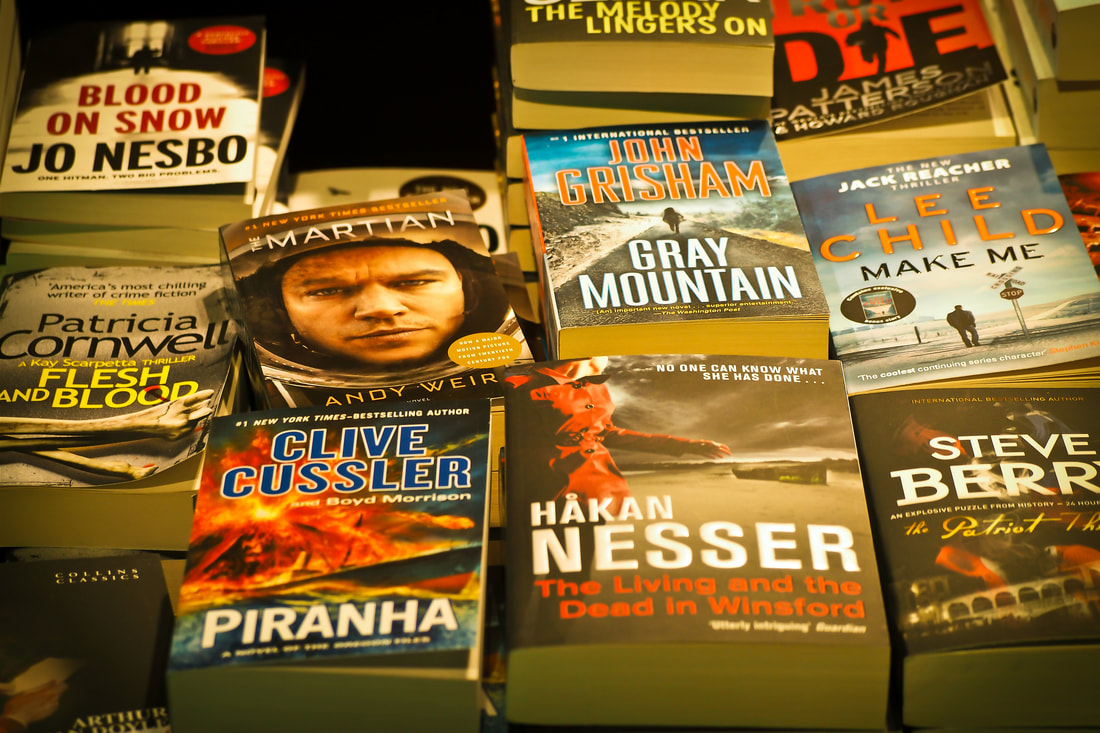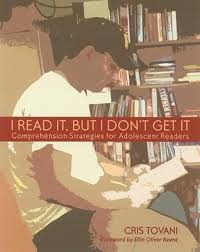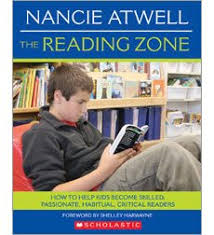|
I was fortunate enough to teach at a school that supported and encouraged failure amongst its teachers. So when I pitched the idea that our 10th graders needed a reading class in addition to their English class and was given a $5,000 budget, I was only partially freaking out when it did not work.
Actually, I was covered in hives. But that motivated me to hit the books and talk with the kids to come up with something that was amazing. I will save you the pain of my failure and just get to my success! So after asking the kids what they wanted and after reading I Read It But I Don’t Get It by Chris Tovani and The Reading Zone by Nancy Atwell this is what we ended up with. Here is what it takes: Tons of books (you can procure these at thrift shops, yard sales and Donors Choose Projects) Tons of post its List of what good readers do List of what to do when I am stuck/lost Honesty about your reading habits Benchmarking system to produce data A healthy reading habit of your own Computers (optional) First- fill the classroom with books. Invite colleagues and students to bring books in. When you get a large batch of books-- pretend it is Christmas. I taught 6 classes/day. When a box of books came in from our Donors Choose Projects, I had to repack them 6 times so the next class thought they were opening the books. That’s how excited my students, inner city below reading level 10th graders, got when they got to dig through the books. Second-explain to the students the point of the class. Here are some key points I hit
Third- things to teach
Eventually when I returned to the English classroom, I was able to incorporate so much of this beauty into that class. Future blogs will highlight what I did there.
0 Comments
Teaching English in inner city North Philadelphia has probably taught me more than any college classroom. In fact, sometimes I fear that I have learned more from my students than they have from me. As an undergraduate, I dreamed of sitting in a circle in my inner city school (it wasn’t haphazardly that I ended up in the inner city, it was my goal) introducing the students to Thoreau and Wordsworth, discussing their impact on literature and society and pondering with the students how they are still relevant today. I quickly learned that in order to get students to that hippie circle they would have to learn to read and then learn to enjoy reading. And it was not as hard as it sounds! But first I had to fail miserably, fight a bout of stress induced hives, consult my students and read a few books! I mostly relied on my students’ opinions, Cris Tovani’s I Read It but I Don’t Get It and The Reading Zone by Nancy Atwell. What I learned and what I profess.
First off, let’s look at how people learn according to the National . While I did not know this when I was teaching reading, looking back it is clear that what good readers already do fits into the framework on how people learn: People learn by participating in 3 activities:
This is what good readers do. You must teach this skills to students. Give them guided practice and then individual practice for each skill. And talk about each of the experiences; metacognition is a huge part of the learning process. |
AuthorSKate Jaworski ArchivesCategories
All
|



 RSS Feed
RSS Feed
